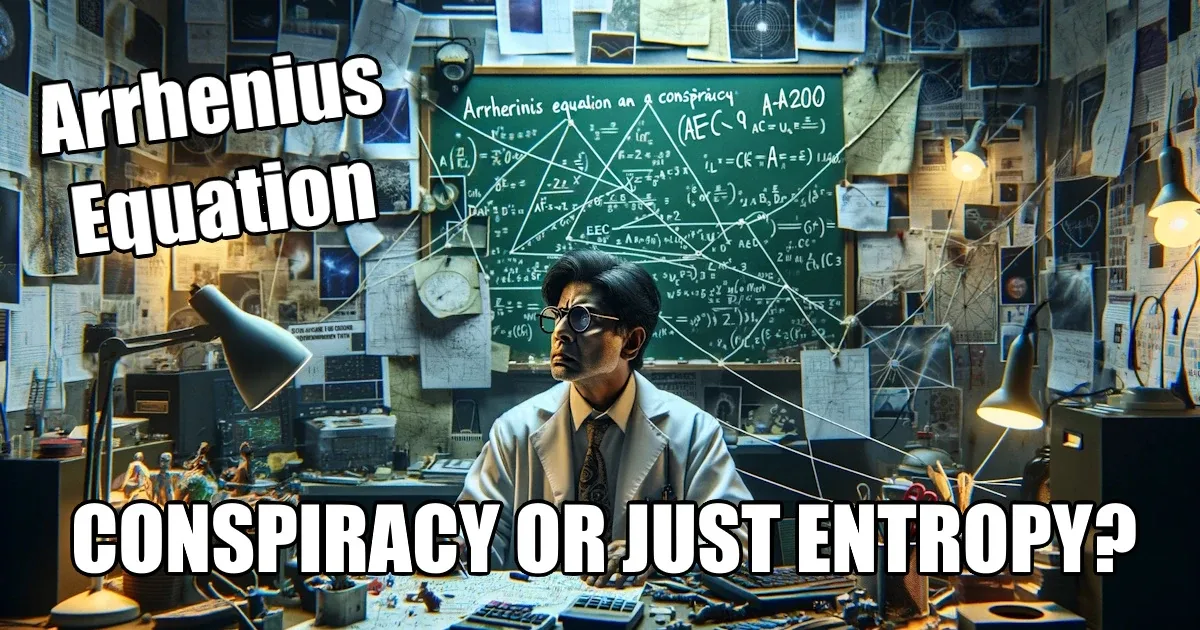
Related Topics
The Mega IIe: A Vintage Computing Adventure with James Lewis
Tune in for a fascinating journey from the past to the future, bridging vintage computing with modern technology with James Lewis, aka the Bald Engineer.
Starting From The Beginning
When did you start listening to the podcast? Have a favorite episode? Let Stephen and Parker know which is your favorite.
Honey, I Shrunk The Parts
Components for PCB Assembly are getting unimaginably smaller. What PCB design specifications do you consider when using the smallest of components.
Other Resources
Circuit Break Podcast
Blog
eBooks & Guides
Webinars
Videos
Case Studies
Tour MacroFab's ITAR-Compliant Facility
January 2, 2024, Episode #411
This week Parker and Stephen welcome James Lewis back to the show after a rather long absence! The occasion stems from James chiming in on a Circuit Break Community thread that Stephen started, asking all about component aging effects. Stephen posed questions like, “What happens to resistors over 5 years? How about 20 years? Are there rules of thumb or better yet, calculations for aging?” And helpful engineer that he is, James got in there and tried to provide some answers before agreeing to appear on the show to elaborate.
Other Topics Covered Here Include:
- How no one is completely sure about how to approach component aging
- When component aging actually affects designers
- The difference between aging and reliability
- The impact of components lasting longer than they were meant to
- Variables, parameters, and other factors that can inhibit and exacerbate aging
- Levels of violence in polymer tantalum explosions
- The history of constants
- Device longevity laws
- How to define rated voltage for a capacitor
- +more
About Our Guest:
James Lewis aka Bald Engineer, is a freelance electronics content creator. You might recognize James from the YouTube channels AddOhms and Workbench Wednesdays from Element 14. His interests include talking too much about capacitors, repairing vintage computers, and making unique PCBs that go into poorly designed 3D-print enclosures. James has been on the show a few times now, including episode #141 and #222 to discuss testing and validating PCB assembly design. The episode about ceramic capacitors is still one of Parker’s all-time favorite episodes!
- Bald Engineer
- Component Aging Effects
- Circuit Break Podcast #141: It Depends – An In Depth Look at MLCCs with James Lewis
- Circuit Break Podcast #222: Turning It On – New Design Checklists with James Lewis
- Circuit Break Podcast #306: Removing The Barriers
- Join the Circuit Break Discourse Community!
About the Hosts

Parker Dillmann
Parker is an Electrical Engineer with backgrounds in Embedded System Design and Digital Signal Processing. He got his start in 2005 by hacking Nintendo consoles into portable gaming units. The following year he designed and produced an Atari 2600 video mod to allow the Atari to display a crisp, RF fuzz free picture on newer TVs. Over a thousand Atari video mods where produced by Parker from 2006 to 2011 and the mod is still made by other enthusiasts in the Atari community.
In 2006, Parker enrolled at The University of Texas at Austin as a Petroleum Engineer. After realizing electronics was his passion he switched majors in 2007 to Electrical and Computer Engineering. Following his previous background in making the Atari 2600 video mod, Parker decided to take more board layout classes and circuit design classes. Other areas of study include robotics, microcontroller theory and design, FPGA development with VHDL and Verilog, and image and signal processing with DSPs. In 2010, Parker won a Ti sponsored Launchpad programming and design contest that was held by the IEEE CS chapter at the University. Parker graduated with a BS in Electrical and Computer Engineering in the Spring of 2012.
In the Summer of 2012, Parker was hired on as an Electrical Engineer at Dynamic Perception to design and prototype new electronic products. Here, Parker learned about full product development cycles and honed his board layout skills. Seeing the difficulties in managing operations and FCC/CE compliance testing, Parker thought there had to be a better way for small electronic companies to get their product out in customer's hands.
Parker also runs the blog, longhornengineer.com, where he posts his personal projects, technical guides, and appnotes about board layout design and components.

Stephen Kraig
Stephen Kraig is a component engineer working in the aerospace industry. He has applied his electrical engineering knowledge in a variety of contexts previously, including oil and gas, contract manufacturing, audio electronic repair, and synthesizer design. A graduate of Texas A&M, Stephen has lived his adult life in the Houston, TX, and Denver, CO, areas.
Stephen has never said no to a project. From building guitar amps (starting when he was 17) to designing and building his own CNC table to fine-tuning the mineral composition of the water he uses to brew beer, he thrives on testing, experimentation, and problem-solving. Tune into the podcast to learn more about the wacky stuff Stephen gets up to.
Related Podcasts
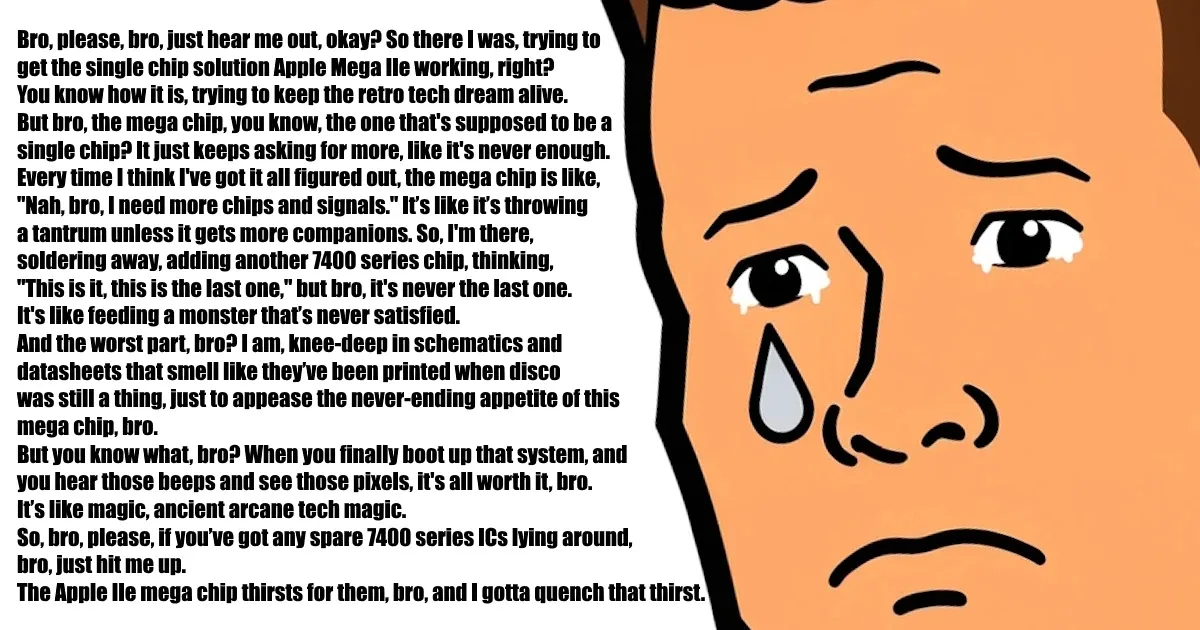
The Mega IIe: A Vintage Computing Adventure with James Lewis
Tune in for a fascinating journey from the past to the future, bridging vintage computing with modern technology with James Lewis, aka the Bald Engineer.
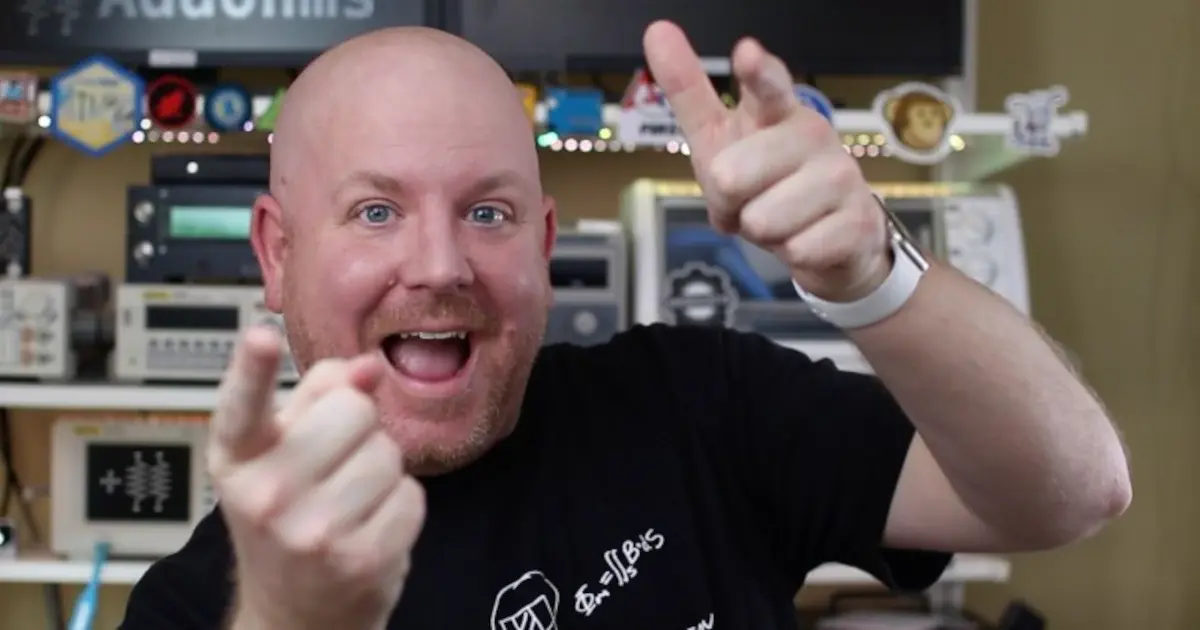
It Depends – An In Depth Look at MLCCs with James Lewis
James Lewis aka the Bald Engineer joins Parker and Stephen on a leap into the deep end on Ceramic Capacitors (MLCCs)
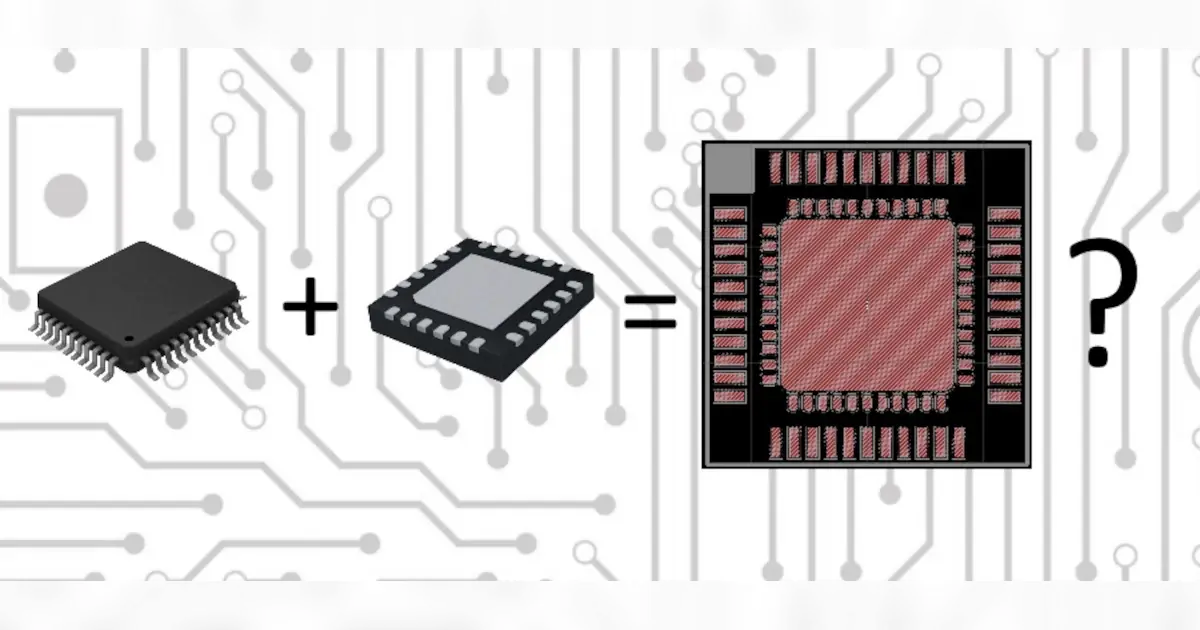
Critical Path Components
Designing a new product but worried about all these component shortages and increasing lead times? This week, Parker discusses designing around this.
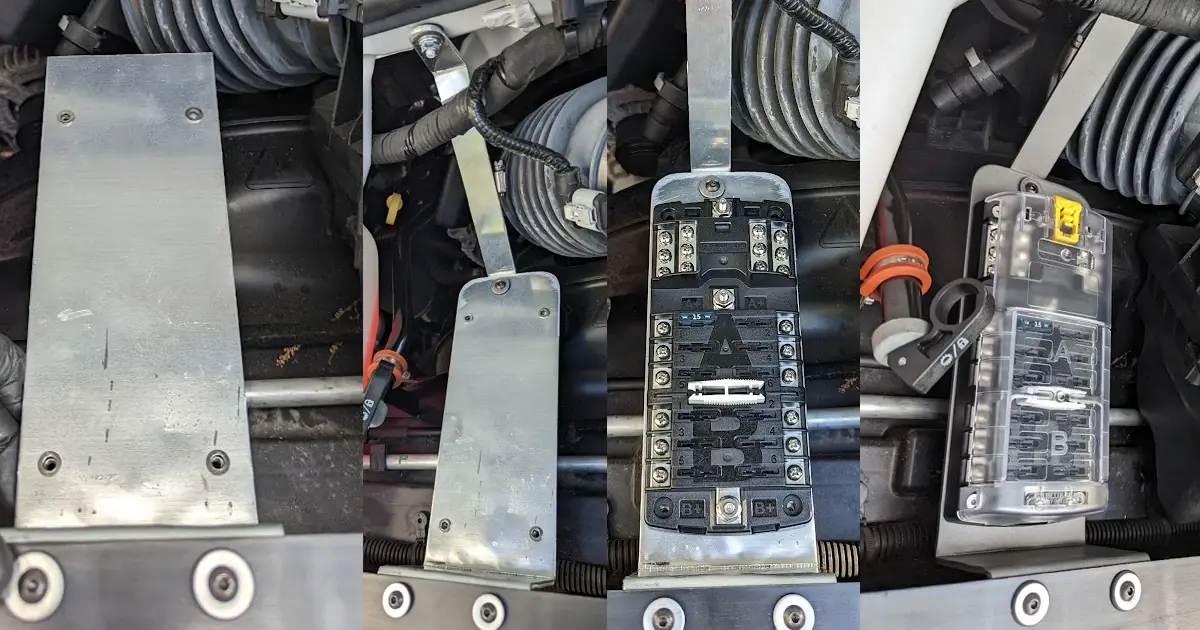
Starting From The Beginning
When did you start listening to the podcast? Have a favorite episode? Let Stephen and Parker know which is your favorite.
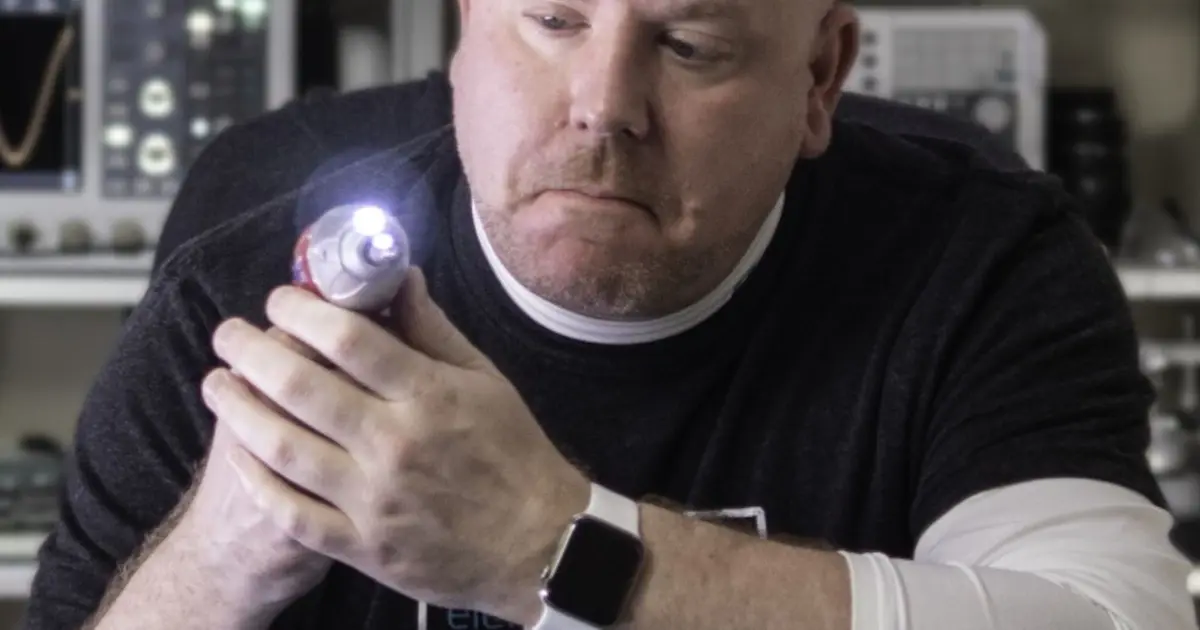
Turning It On – New Design Checklists with James Lewis
James Lewis is back to discuss testing and validating your new PCB Assembly design and what to look for in electronic lab equipment.
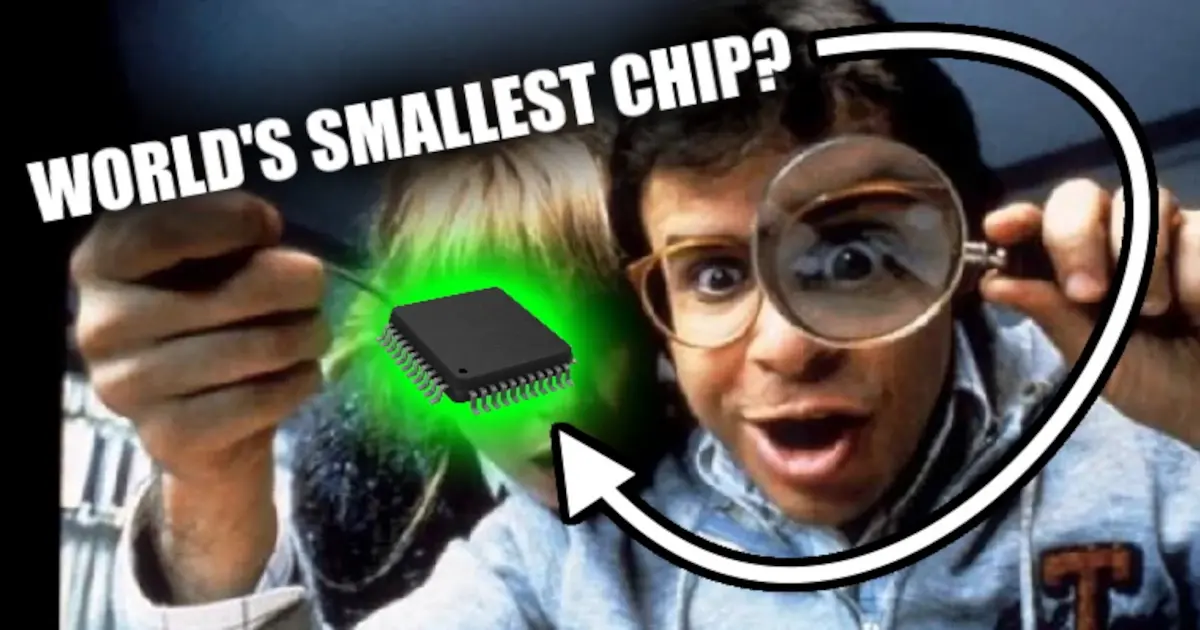
Honey, I Shrunk The Parts
Components for PCB Assembly are getting unimaginably smaller. What PCB design specifications do you consider when using the smallest of components.